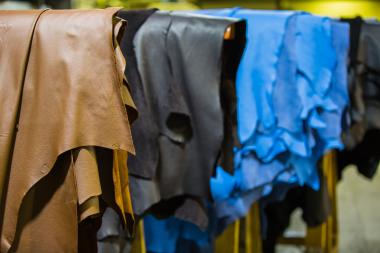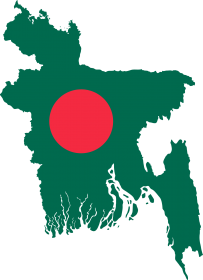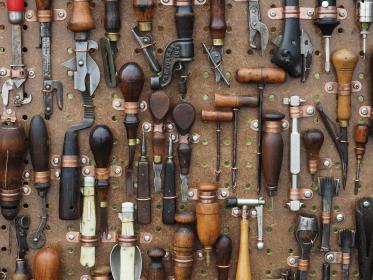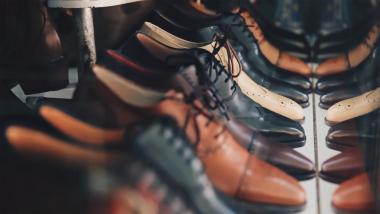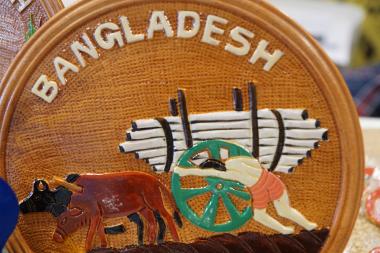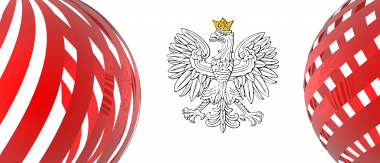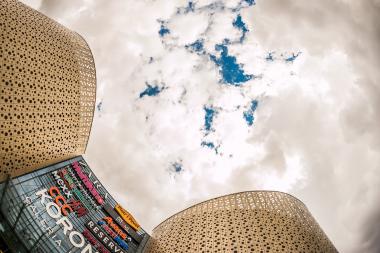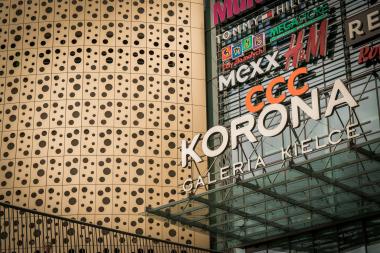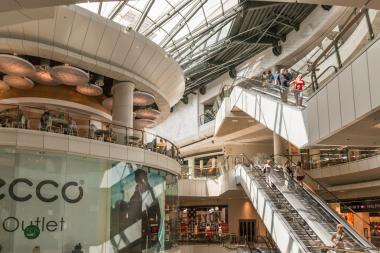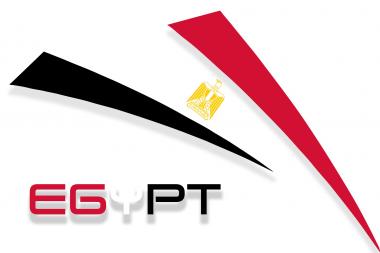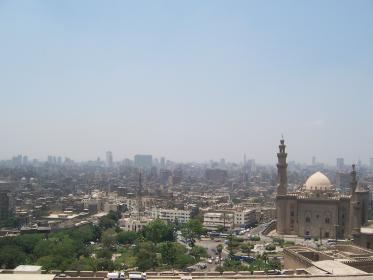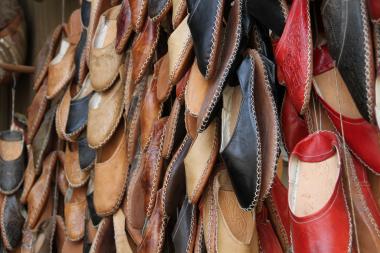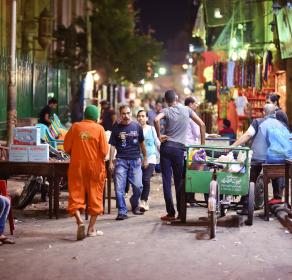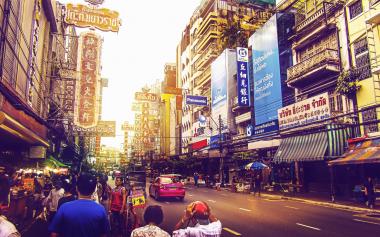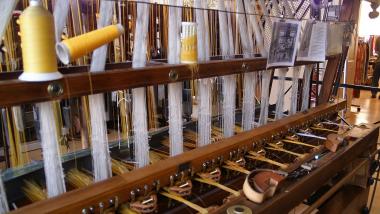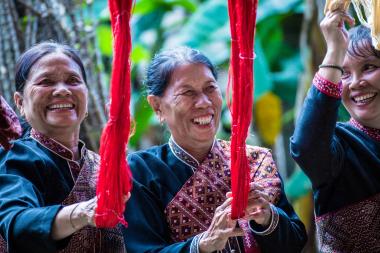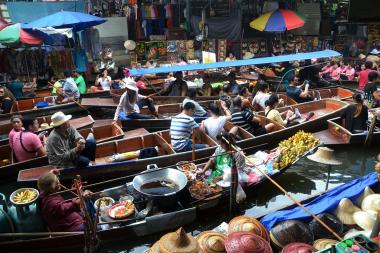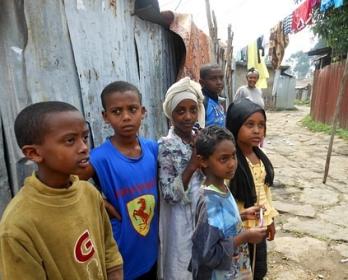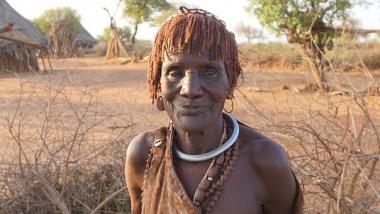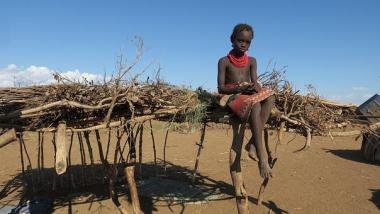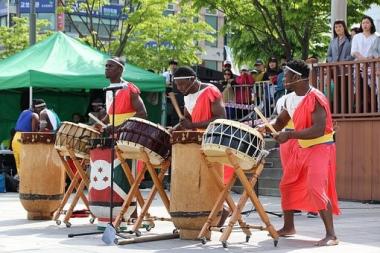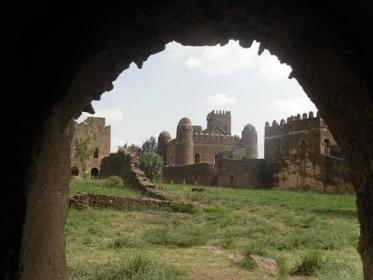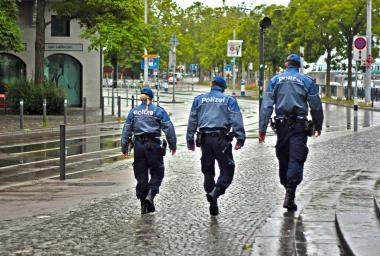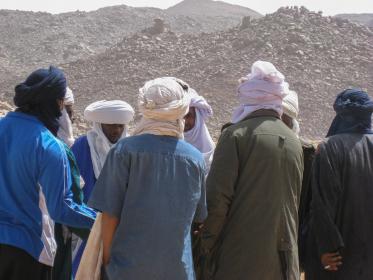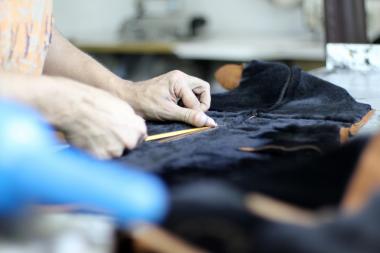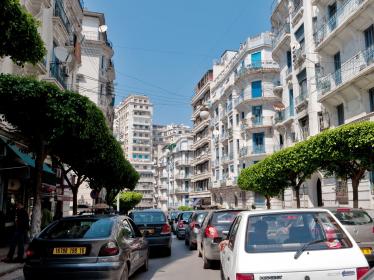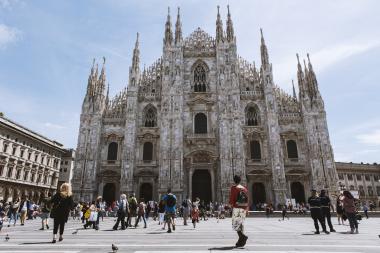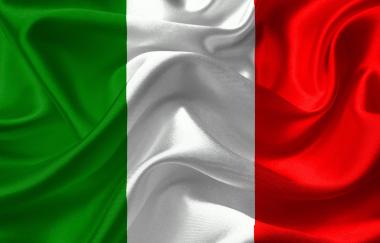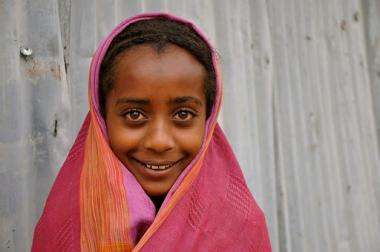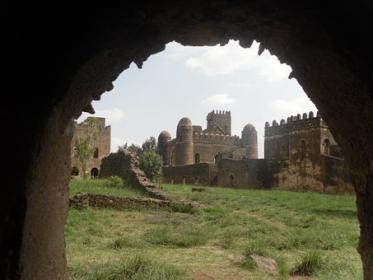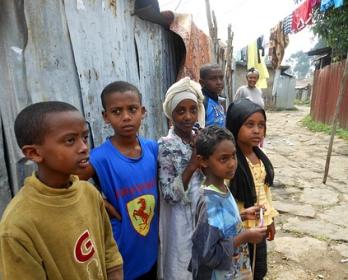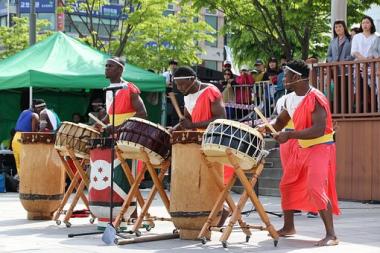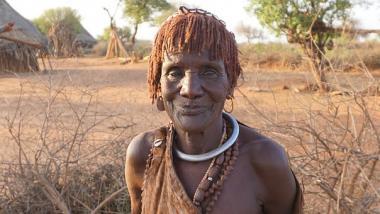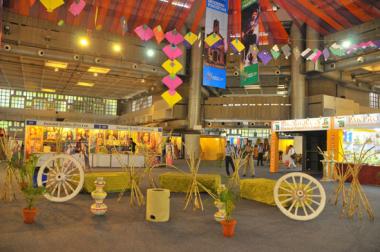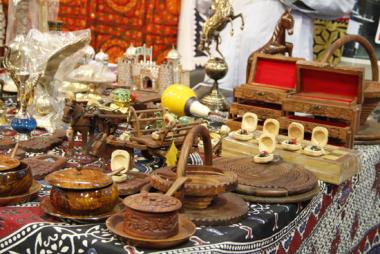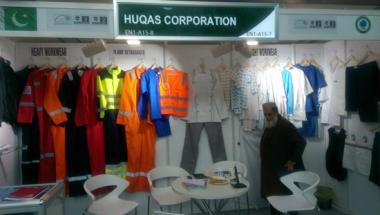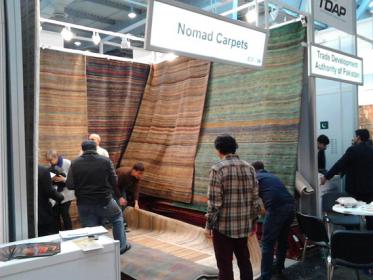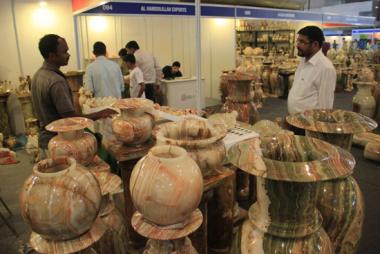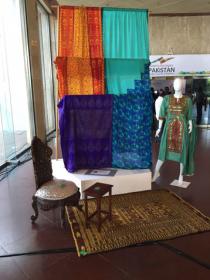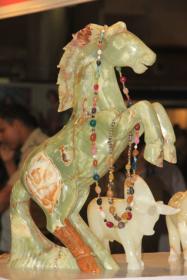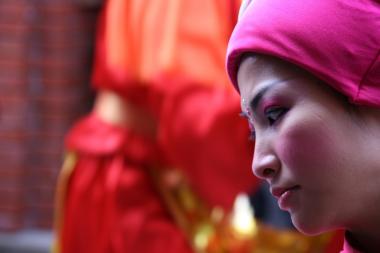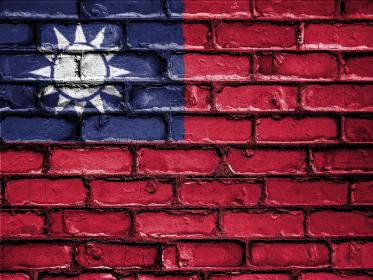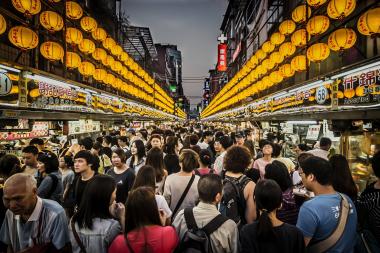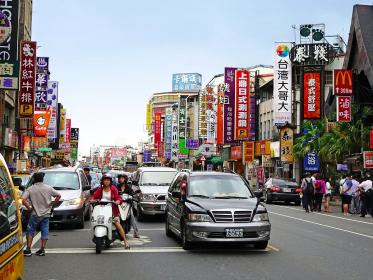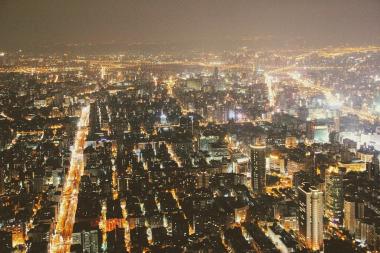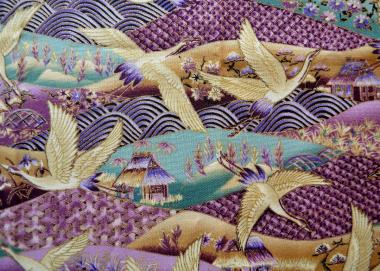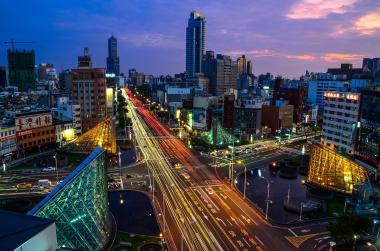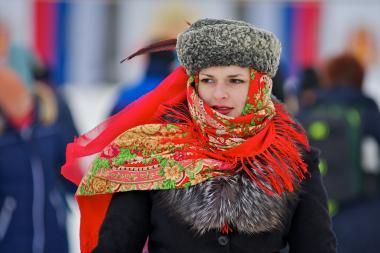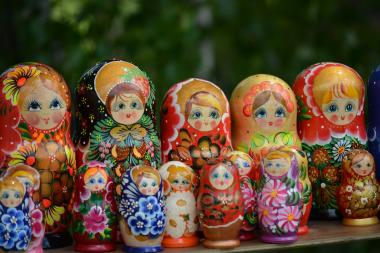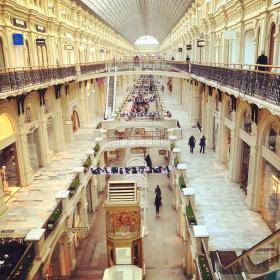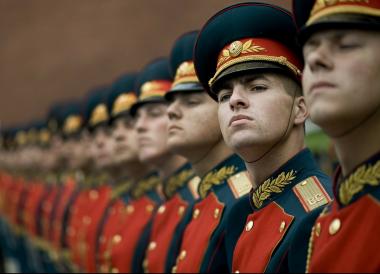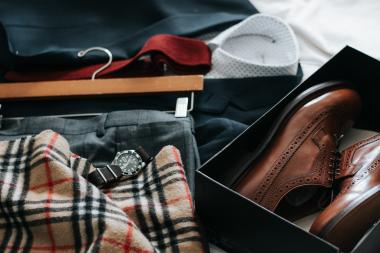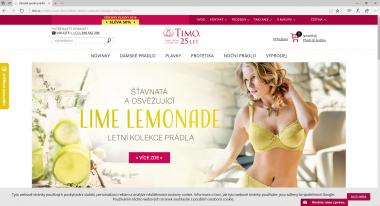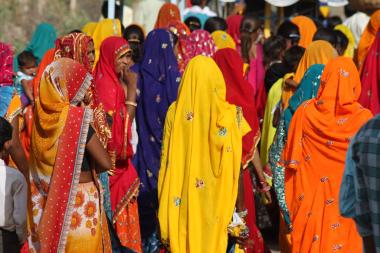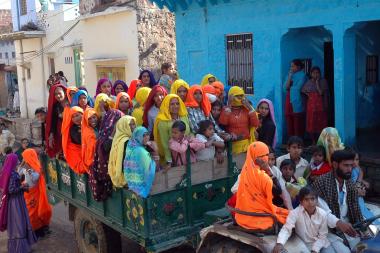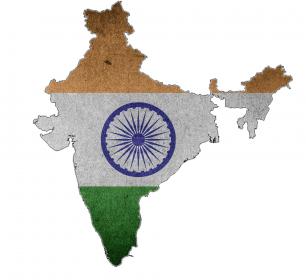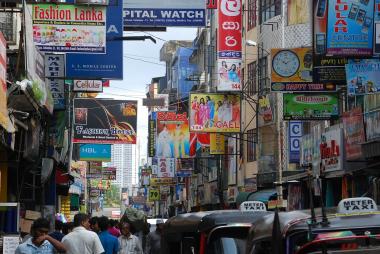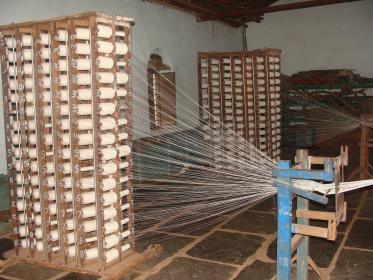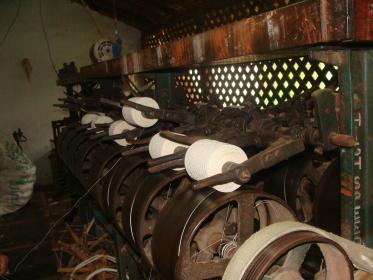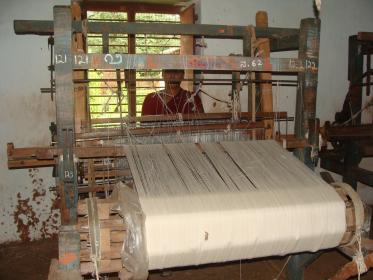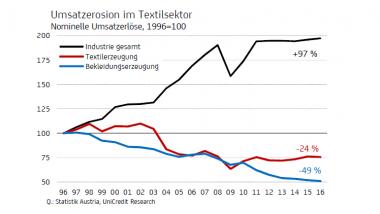BANGLADESH RESTARTS LEATHER INDUSTRY
- Production and export on the upswing
- Environmental problems and other challenges remain
The leather industry in Bangladesh reports rising exports and growing domestic demand. The location scores with low labor costs and the availability of leather. However, too many tanneries still burden the environment. The industry structure of the manufacturers of leather goods and shoes ranges from outdated to modern. International, export-oriented companies are showing the way.
Bangladesh's leather industry is the second largest exporter of the emerging market after the apparel industry. The majority of exports in the 2016/17 financial year (July 1st 2016 to June 31st 2017) were USD 537 million on leather shoes (USD 495 million in the previous year), followed by leather goods with USD 464 million (388 million). The export of leather footwear rose again by 9 per cent in the second half of 2017, leather goods were at the same level as in the same period of the previous year.
By contrast, leather exports reached USD 233 million in 2016/17 (USD 279 million), down 29 percent in the second half of 2017. The main reason is lower demand for leather in China. Instead, it is increasingly being processed in Bangladesh into finished products for domestic and foreign customers.
Potential not yet exhausted
The Department of Commerce wants to quadruple the total exports to USD 5 billion by 2021. It has mandated this task at the Bangladesh Leather Sector Business Promotion Council. This should increase with suitable measures both the production quantities and the processing depth in the country. Leather production and processing have potential because they could well repeat the successful development of the domestic textile and clothing industry.
International investments are welcome. Foreign investors can find a subsidiary in their own hands and apply for subsidies and tax exemptions. Eight export processing zones and other special economic zones offer many legal and technical advantages, says the investment authority Bangladesh Investment Development Authority.
The Association of Leather Goods and Footwear Manufacturers & Exporters of Bangladesh (LFMEAB) reports that companies from Taiwan, China, South Korea and Japan are increasingly investing in the industry. Among other things they are relocating production from China to Bangladesh.
| Country of origin | Inventory 2016 |
|---|---|
| Taiwan | 76 |
| Netherlands | 37 |
| Hongkong | 26 |
| Korea (Rep.) | 17 |
| Total | 192 |
Source: Central bank
According to the Central Bank in the fiscal year 2016/17 USD 82 million were directly invested in the leather industry (previous year: USD 48 million). Taiwan was by far the largest investor with USD 50 million (USD 14 million).
Also, former investors show a successful development. As an example the German company Picard Lederwaren has a joint venture in 1997 and produces now 32.000 leather bags per month and 40.000 small leather goods per month.
Certified manufacturer of leather goods
The most important buyers of leather goods and shoes are the EU, Japan and the USA. The EU and Japan generally do not impose quotas or import duties on Bangladeshi imports under their preference systems for developing countries.
The export-oriented leather goods manufacturers usually produce at a technical level required by the customers. These include certifications and exams. The trade association LFMEAB is committed to meeting industry-standard levels among its 150 member companies. The European Union also supports a sustainable, resource-efficient development of the leather sector with its ECOLEBAN project. Several tanneries and leather factories have been proven to adhere to the labor and social standards of the UN organization ILO and the ISO standard 14001 for environmental management systems.
With increasing demands and volumes, leather processing companies will also import more quality materials such as soles and accessories. Their machines and equipment are also from abroad.
Problematic conditions in leather production
However the leather is manufactured under problematic conditions. The agricultural land has a population of about 24 million cattle and thus about 1.7 percent of the world's total. The meat industry also processes buffalo and goats in larger quantities. Animals suffer from improper slaughter. Modern slaughtering processes and advanced processing steps could improve the quality of leather production.
The number of tanneries is estimated at more than 200, producing approximately 29 million square meters of leather per year, two-thirds of it are leather from beef skins. The industry has a poor reputation, the situation in many companies is criticized by independent observers. In most companies processes and equipment for occupational safety and environmental protection are not available. According to various reports children are working in poorly controlled factories.
The situation in Hazaribagh is dramatic. The Supreme Court has ordered already in 2003 that the approximately 150 small tanneries from this residential area in Dhaka should move to an alternative location. The public company Bangladesh Small and Cottage Industries Corp. was commissioned to set up the leather industry park Savar Tannery Park in a northern suburb of Dhaka. The complete relocation to the new leather cluster in Savar has since been delayed again and again.
According to the Bangladesh Tanners Association, the move to the Savar leather-industrial-park should have taken place in the meantime, however the local central sewage treatment plant seems not to work completely. The tanneries pollute the environment there as well. Media also report still tannery activity in Hazaribagh.
More skilled workers needed
In a recent 2013 survey the number of leatherworking companies was estimated at 3.500. The manufacturers develop their own designs for the domestic market and some want to place their own brands internationally.
But the intensity of training of skilled personnel does not keep up with the industrialization of the industry. Tanneries and leather industry employ directly and indirectly about 75.000 people. Their knowledge and skills are often based on old and traditional procedures and short briefings.
The need for skilled personnel is estimated at 60.000 persons. A center of excellence is involved in the training since 2009. The Center of Excellence for Leather Skills Bangladesh (COEL) has trained around 15.000 people in machinery and design since. Two universities train engineers in this field. The University of Dhaka has established an Institute of Leather Engineering and Technology, and the Khulna University of Engineering has a leather technology department.
The Ministry of Commerce and the association LFMEAB has organized in November 2017 the first edition of the trade fair BLLISS (Bangladesh Leatherfootwear & Leathergoods International Sourcing Show). The organizers were able to present the procurement market and want to continue the event annually. The industry event attracted 30 exhibitors and 20.000 visitors. The next edition will take place from November 24th- 26th 2018 in conjunction with the leather technology fair Leathertech (http://www.leathertechbangladesh.com).
| Name | Internet address |
|---|---|
| Leathergoods and Footwear Manufacturers & Exporters Association of Bangladesh | http://www.lfmeab.org |
| Bangladesh Tanners Association | http://www.tannersbd.com |
| Centre of Excellence for Leather Skill Bangladesh Limited | http://coelbd.com |
| EU-Project ECOLEBAN (2014 until 2018) | https://www.ecoleban.com |
Thomas Hundt, Germany Trade & Invest www.gtai.de


